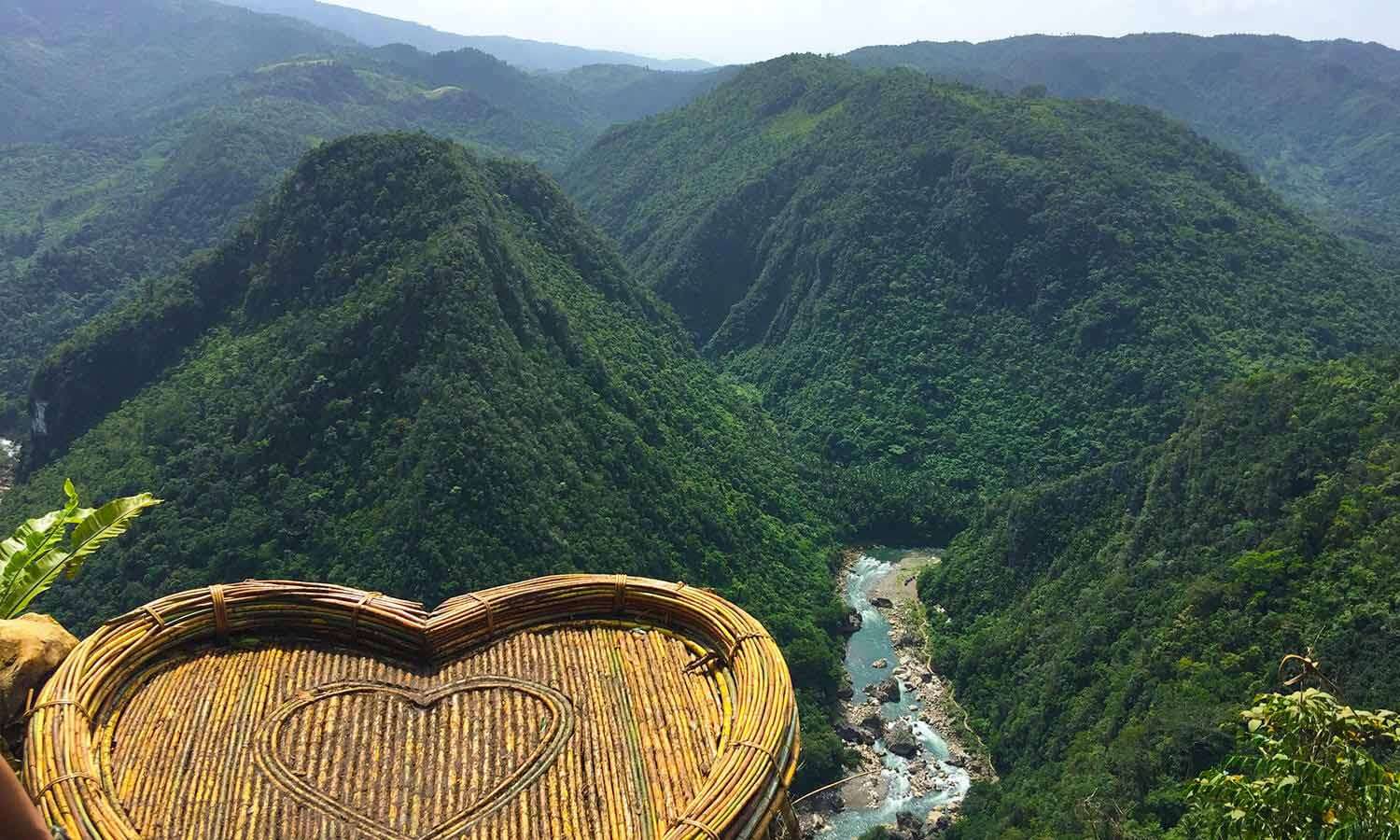

Rizal, officially the Province of Rizal, is a province in the Philippines located in the Calabarzon region in Luzon. Its capital is the city of Antipolo. It is about 16 kilometers (9.9 mi) east of Manila. The province is named after José Rizal, one of the main national heroes of the Philippines. It is bordered by Metro Manila to the west, Bulacan to the north, Quezon to the east and Laguna to the southeast. The province also lies on the northern shores of Laguna de Bay, the largest lake in the country. Rizal is a mountainous province perched on the western slopes of the southern portion of the Sierra Madre mountain range.
Pasig served as its capital until 2008, even though it had already become a part of the newly created National Capital Region since November 7, 1975. The provincial capitol has been in Antipolo since 2009, making it the administrative center. On June 19, 2020, President Rodrigo Duterte signed Republic Act No. 11475, which designated Antipolo as the capital of Rizal. The change took place on July 7, 2020.
This province is a part of Greater Manila Area.
This province is the 5th largest province in the Philippines, in terms of population.
Tagalog settlement arrived some time in the pre-Spanish period. The provincial territory began with the organization of the Tondo and Laguna provinces during the Spanish administration. Some of the towns like Pasig, Parañaque, Taytay and Cainta were already thriving.
From the reports of the Encomiendas in 1582–1583, the Encomiendas of Moron (Morong) was under the jurisdiction of La Laguna and, the Encomiendas of Passi (Pasig), Taitay (Taytay) and Tagui (Taguig) belonged to the Province of Tondo. It was recorded that in 1591, the Encomiendas of Moron and Taitay were under the jurisdiction of the Franciscan Order in the Province of La Laguna; and the Encomiendas of Nabotas (Navotas), Tambobo (Malabon), Tondo, Parañaque (then La Huerta, Parañaque), Longalo (Don Galo, Parañaque), Tagui and Pasig were under the jurisdiction of the Augustinians in the Province of Tondo.
In 1853, a new political subdivision named Distrito Politico-Militar de los Montes de San Mateo (transl. Political-Military District of the San Mateo Mountains) was formed. This consisted of the towns of Antipolo, Bosoboso, Cainta and Taytay from the Province of Tondo; and the towns of Morong, Baras, Tanay, Pililla, Angono, Binangonan and Jala-jala from the Province of La Laguna, with the capital at Morong. This district was changed to Distrito Politico-Militar de Morong four years later.
By virtue of Circular No. 83, dated September 2, 1859, the Province of Tondo became the Province of Manila. All its towns were placed under the administration, fiscal supervision and control of the Governor of the new province.
The town of Mariquina (Marikina) became the capital of the Province of Manila during the tenure of the revolutionary government of Gen. Emilio Aguinaldo. The Politico-Military District of Morong had for its capital the town of Antipolo from 1898 to 1899 and the town of Tanay from 1899 to 1900.
On February 6, the First Philippine Commission sought to establish civil government in the country through a provincial organization act after the Filipino-Spanish and Filipino-American conflicts.
Therefore, on June 5, 1901, a historic meeting was held at the Pasig Catholic Church for the organization of a civil government in the Province of Manila and District of Morong, with 221 delegates in attendance. The first Philippine Commission, headed by William Howard Taft and composed of Commissioners Luke E. Wright, Henry C. Ide, Bernard Moses and Dean C. Worcester, discussed with the Assembly the issue of whether or not to write the Province of Manila with the District of Morong, was not self-sufficient to operate as a separate province.
Although the delegates from Morong, Hilarion Raymundo, and José Tupas, objected to the proposal, Juan Sumulong of Antipolo strongly advocated the move. After much acrimonious debate and upon the suggestion of Trinidad H. Pardo de Tavera the body agreed on the creation of a new province independent of the Province of Manila. The new province was aptly named after José Rizal, the country's national hero.
On June 11, 1901, the province of Rizal was officially and legally created by virtue of Act No. 137 by the First Philippine Commission which during the time was acting as the unicameral legislative body in the island of Luzon.
The new province was composed of 32 municipalities, 19 from the old Province of Manila (i.e. Cainta, Caloocan, Las Piñas, Malibay, Mariquina (Marikina), Montalban (Rodriguez), Muntinlupa, Navotas, Novaliches, Parañaque, Pasig, Pateros, Pineda (Pasay), San Felipe Neri (Mandaluyong), San Juan del Monte (San Juan), San Mateo, San Pedro Macati (Makati), Taguig, Tambobong (Malabon)); and 13 from the Politico-Military District of Morong (i.e. Angono, Antipolo, Baras, Binangonan, Bosoboso, Cardona, Jalajala, Morong, Pililla, Quisao, Tanay, Taytay and Teresa). The City of Manila from the old Province of Manila was treated as a separate entity. The seat of the provincial government was Pasig; however, for seven months in 1904, San Felipe Neri served as the provincial seat.
The number of municipalities changed with the municipal boundaries through time, mostly occurring within the provincial boundary. On October 12, 1903, the former municipalities of Bosoboso, Malibay, Novaliches and Quisao were absorbed by Antipolo, Pasay, Caloocan and Pililla, respectively, by virtue of Act No. 942. On November 25, 1903, Muntinlupa was ceded to the Province of La Laguna and became part of the municipality of Biñan, but was later returned to Rizal on March 22, 1905, and became part of Taguig until December 17, 1917.
On October 12, 1939, Quezon City was established, which included parts of Caloocan, and later on, Novaliches and parts of Marikina, Pasig and San Juan.
Marking's and the Hunter's ROTC Guerrillas operated in Rizal Province throughout the war.
In 1942, Quezon City and the towns of Caloocan, Makati, Mandaluyong, Parañaque, Pasay, and San Juan were merged with Manila to form the City of Greater Manila, by virtue of Executive Order No. 400 signed by President Manuel L. Quezon as an emergency measure. The city was dissolved by President Sergio Osmeña in 1945, thus restoring the pre-war status of the merged cities and towns.
Through Presidential Decree No. 824, Rizal was partitioned on November 7, 1975 to form Metropolitan Manila. The municipalities of Las Piñas, Parañaque, Muntinlupa, Taguig, Pateros, Makati, Mandaluyong, San Juan, Malabon, Navotas, Pasig and Marikina, and the three cities of Caloocan, Pasay and Quezon City were excised to form the new region, while the other 14 towns remained in Rizal.
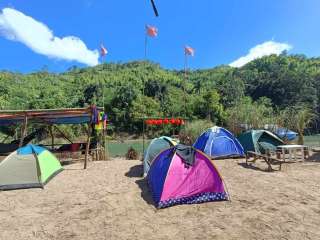
(Camping + Falls)Ahnung Spot CampsiteLocation: Sitio Sabangan, Brgy Sanrafael Montalban Rizal RATES: Entrance Fee (Day Tour/Overnight)Php 100 for 24hrsChildren below ...
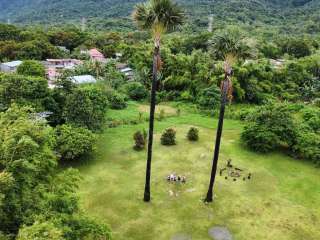
Planning to go on a trip? Introducing our newly opened site The Buri Farm in Niogan, Pililla. Escape the city ...
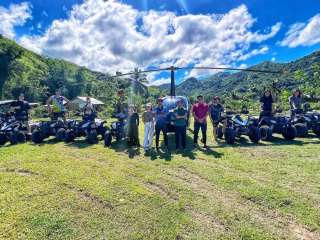
Connect with nature and discover it's beauty! A perfect place to relax and bond with your loved ones. LOOKING FOR ...
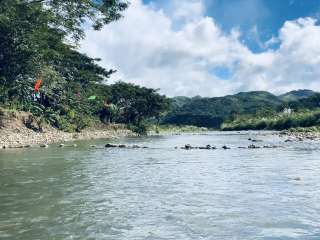
Marilaque Camp Location: Sta. Ines road, Brgy. Cayabu, Tanay, Rizal 🌳 Entrance fee lang po ang BABAYARAN🌳 Free ang wifi para ...
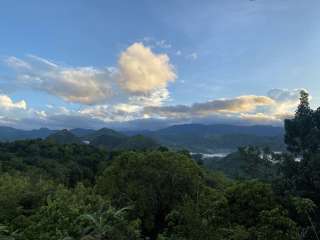
WELCOME TO LARGA VISTA CAMPSITE IN PARAWAGAN. 📣 We are currently open for experienced and responsible campers - rooms will ...
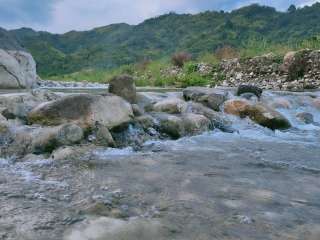
SBR Farm & Camp is a riverside camping ground located in Brgy. Cayabu, Tanay, Rizal, Philippines. Di na need tumawid ...
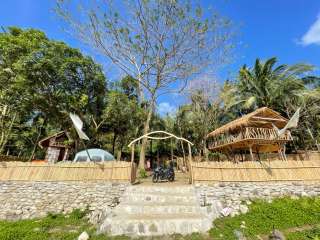
Newly established camping ground where you can stay after treks and hikes. Located just in front of Agos River. Very ...

M4 Laiban Nature and Campsite is a riverside camping ground located in Tanay, Rizal The property is a 22 hectare ...
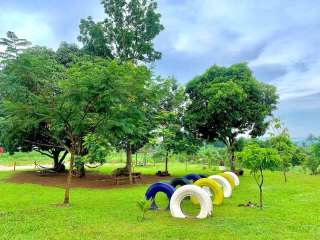
The Playground at CVM EcoPark (previously called CVM Orchard and Eco-Park) is an excursion site located in Rizal that offers ...
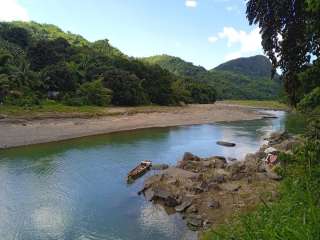
J-Camp is a riverside camping site located in Rodriguez, Rizal. Tara na guys this week days and weekend. Rates: Entrance ...
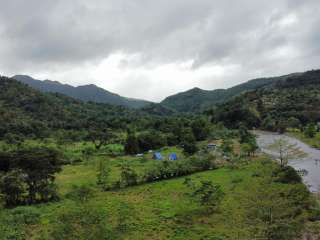
biv·ou·ac - a temporary camp without tents or cover, used especially by soldiers or mountaineers. Bivouac by Maj Fourth is ...
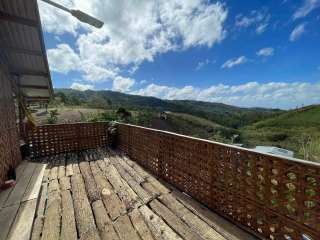
Kamp Amihan is a private camping ground located in Tanay, Rizal. Kamp Amihan is Camping Ground with Swimming Pool and ...
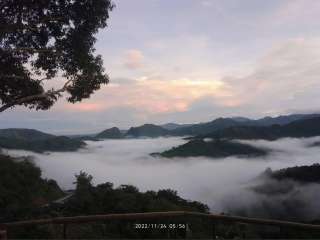
Amianan Mountain Hug is at its most beautiful spot right in front of the Sierra Madre mountains and the twin ...
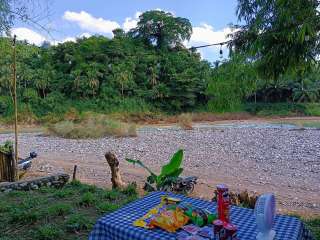
Camp Fogwarts is a camping ground located in Daraitan, Rizal. A tranquil camping ground for your nature retreat. While Camp ...
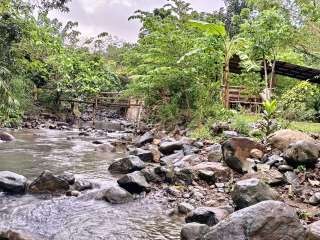
Tampisaw Camping Site is a riverside campsite located in Tanay, Rizal. A perfect place to calm your mind and body ...
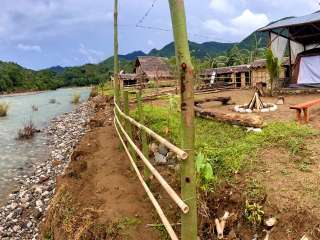
Camp LGBT - Daraitan Tanay Rizal is a perfect camping site for those looking forward to escaping the stress of ...
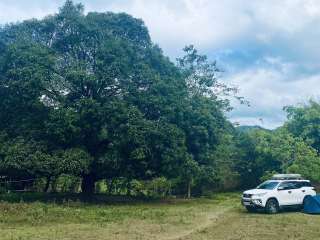
Need private place to relax? Athena’s Sanctuary – Exclusive Campsite for Family in Antipolo, Rizal. Rates: 1-2 pax 1,500 3-6 ...

Dreamland Farm Resort is a hiking and camping destination located in Antipolo, Rizal. A dream that become a reality. A ...

AlPas Nature Campsite is a Private Campsite located in San Mateo, Rizal with a Majestic Mountain View, under Tall Shady ...